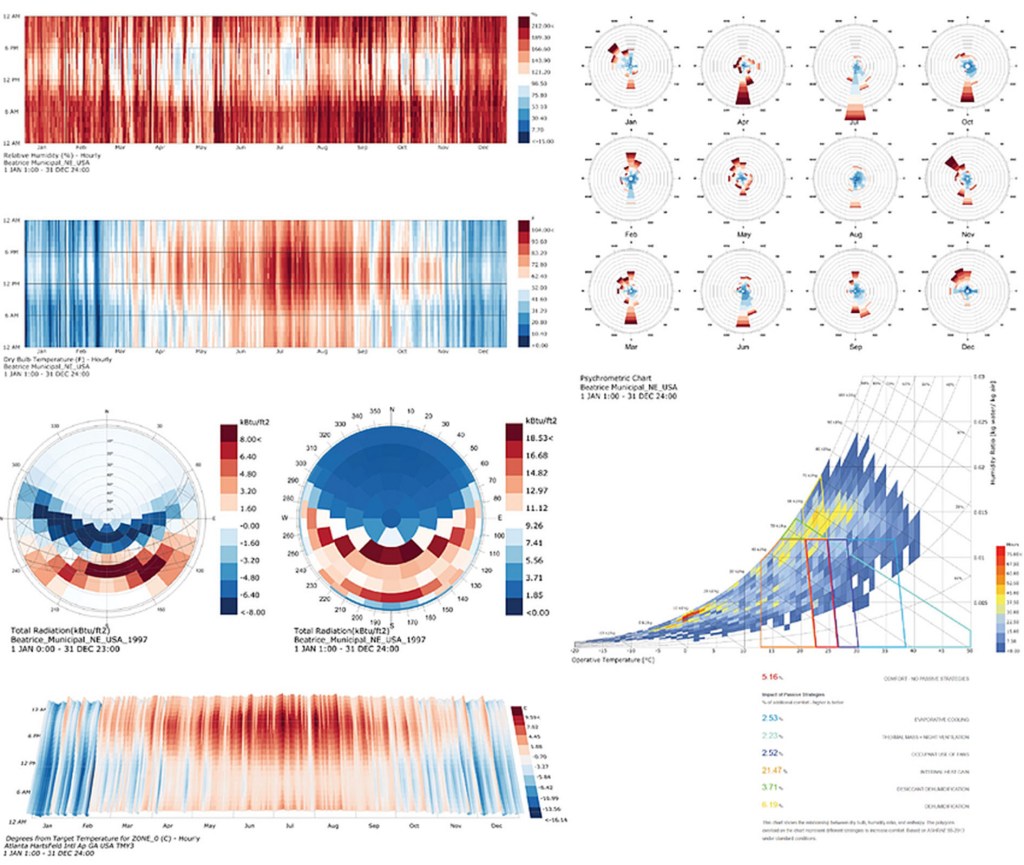Research and development has always been one of the defining principles of the practice of architecture. The process provides powerful knowledge and insights, leading to smarter ways to design, create, and build.
Fifteen years ago, ARCHITECT held our first annual R+D awards as a way to showcase the often unsung work that designers and manufacturers put into refining their projects, products, and processes. Among the past winners, one from 2010 stands out: Adrian Smith + Gordon Gill Architecture’s idea of decarbonizing a city—something that then was a novel idea but today is relevant to anyone in the building industry.
This year’s six winners offer up innovative solutions to real-world problems—ones that make the built environment a healthier and more sustainable place to live, work, and play. Take Cove.Tool, as an example. This small, Atlanta-based startup, part of a movement to democratize technology in architecture, has created a cloud-based app—of the same name—with a quick response time and iterative feedback loop that not only estimates project energy use across different building systems but also presents its analyses in a beautiful and understandable way. The software adds a certain elegance to the process of designing better, more energy-efficient buildings.
Another winner, Robotic Construction: The Glass Vault—a collaborative effort by Skidmore, Owings & Merrill and Princeton University’s CREATE Laboratory and Form Finding Lab, among others—is leveraging the specific abilities of robotics and humans to build structures that each group could not build by themselves.
The COVID-19 pandemic has hit hospitals hard worldwide, but that didn’t deter a team in Puebla, Mexico, from designing and constructing a 40-bed hospital in just 60 days. If that wasn’t impressive enough, the project also incorporated sustainable design strategies and technologies, which will provide savings in building operations that will help support staff training and purchase supplies. This is another example of the innovative and pragmatic solutions that design professionals can apply to real-world problems at scale.
At the time this issue headed into production, the Architecture Billings Index had reported days earlier that billings growth is near the highest levels in the history of the index. AIA chief economist Kermit Baker, Hon. AIA, expects a sharp upturn in nonresidential building activity later this year and into 2022—great news for architects and the industry. But as the profession gets back to the business of building, we should remember that architects, designers, builders, and manufacturers like the R+D Award entrants—who take a chance on an idea and run with it—are showing us the way forward, through creative ways to improve the way we design.
